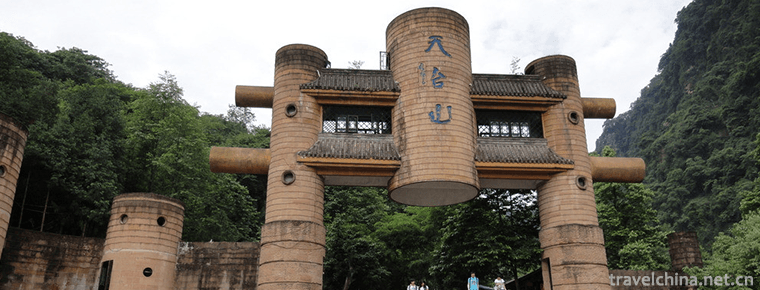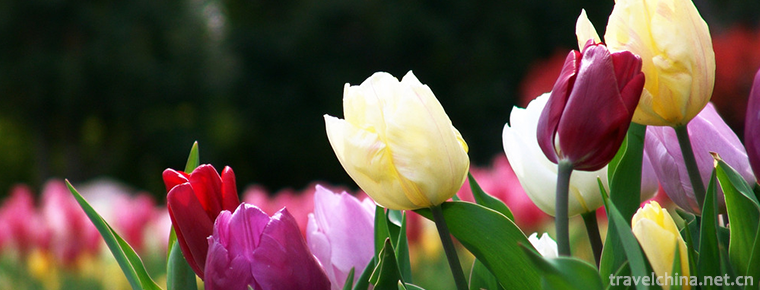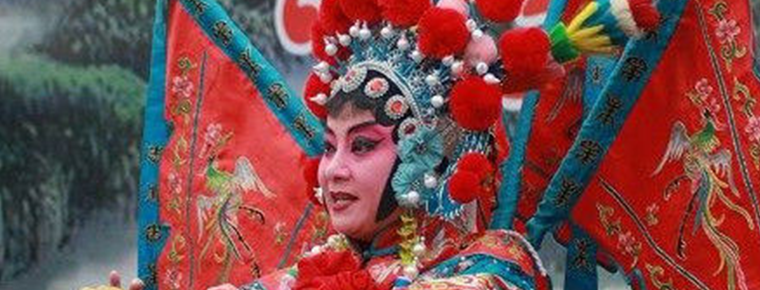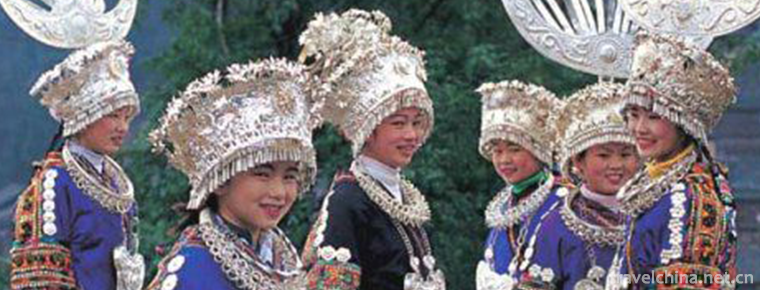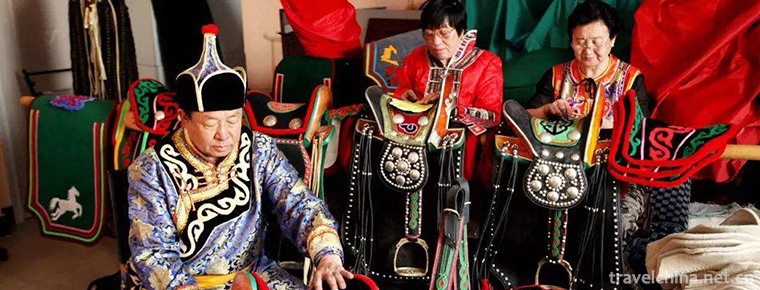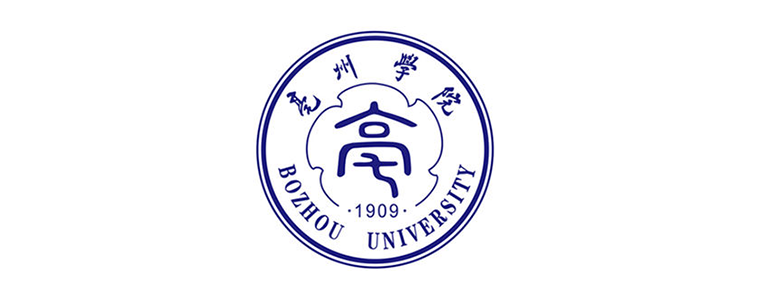Five Palace Tunes in Haizhou
Five Palace Tunes in Haizhou
Haizhou Five Palace Tunes is a traditional folk music with a long history. It is an important link of Ming and Qing folk songs in Jiangsu Province. It is a precious relic of ancient "Zhugong Tunes". It has a rare empirical value for the study of Chinese folk music and even folk music. The custom of folk singing ditties in Haizhou has a long history. Because it is located at the border of Jiangsu and Shandong provinces, and also the intersection zone of Jianghuai dialect and Northern dialect, the melodies of both north and South in history have taken root here, showing a situation of blending and mixing all kinds of melodies. The five palace tunes of Haizhou are a kind of artistic form which is spread in Lianyungang City and its surrounding areas and is composed of soft flat tunes, overlapping tunes, Oriental tunes, Southern tunes and Boyang tunes.
In 2004, it was listed as the first pilot project of national folk culture protection in Jiangsu Province by Jiangsu Provincial Department of Culture. In 2006, the Five Palaces in Haizhou, Jiangsu Province, was approved by the State Council and listed in the first batch of national intangible cultural heritage lists.
Inheritance significance
In the mid-1920s, after the Longhai Railway extended eastward to Xinpu (now Xinpu District, Lianyungang City, Jiangsu Province), the waterway traffic in Haizhou was gradually replaced by land transportation, and Banpu gradually lost its position as a transportation hub. At the end of the 1940s, Banpu became increasingly depressed. The government of Houguanyun County moved to Yishan. The traffic congestion and the singleness of cultural life made the Five Palaces tune in Haizhou free from the impact of other artistic forms. Some endangered lost songs were completely preserved, and the singing artists also spread to this day. Nowadays, in Xinpu, Haizhou, Banpu and other places, there are still many players who automatically gather to sing official tunes and signboards.
Due to the long-term folk singing in the form of self-entertainment, lack of professional artists, and few new catalogues, the promotion and development of this kind of music has been greatly limited.
After 1980, due to the change of social environment, music such as the Five Palace Tunes has gradually become endangered. Haizhou Five Palace Tunes is a precious heritage of Ming and Qing folk songs in China. Its excavation and protection will play a positive role in promoting Ming and Qing minor studies.
The state attaches great importance to the protection of intangible cultural heritage. On May 20, 2006, the Five Palaces of Haizhou were approved by the State Council and listed in the first batch of national intangible cultural heritage lists.
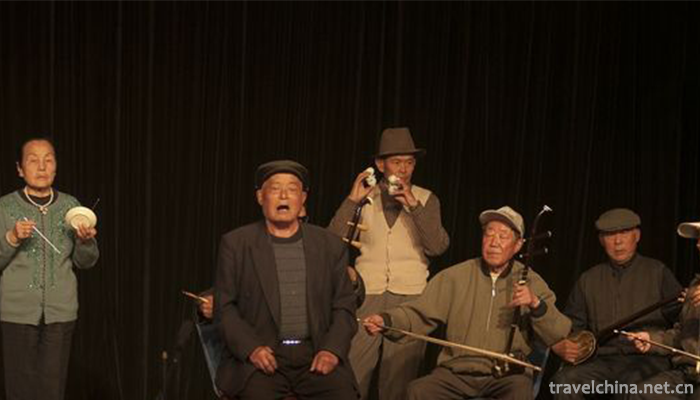
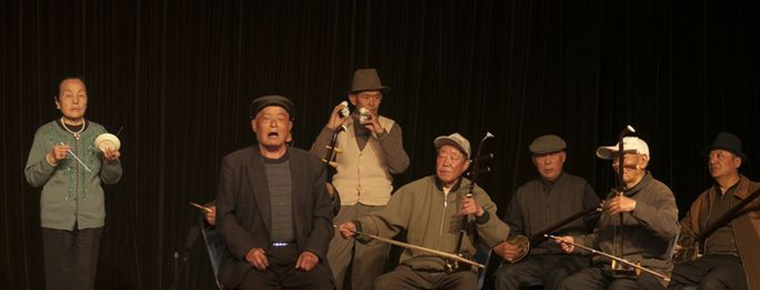
Five Palace Tunes in Haizhou
-
Tiantai Mountain Scenic Area
Tiantai Mountain Scenic Spot, National AAAAA Class Tourist Spot, National Key Scenic Spot, One of China's Top Ten Famous Mountains, National Eco-tourism Demonstration Zone, Zhejiang Top Ten Tourist Sp
Views: 291 Time 2018-12-07 -
Shanghai Flower Port
Shanghai Flower Harbor is a new town in southeastern Pudong along the dripping lake of the East China Sea. It has a unique geographical location. Opened in September 2002
Views: 258 Time 2018-12-19 -
Strange Stones city in China
Located one kilometer north of Feixian Town, Linyi City, Shandong Province, China's largest ornamental stone base, national AAAA scenic spot, Shandong Province's key cultural tourism industry projects
Views: 160 Time 2018-12-22 -
Jilin Beidahu Skiing Ground
Jilin Beidahu Skiing Ground is located in Jilin Beidahu Development Zone, 53 kilometers away from Jilin urban area. Entering the ski resort, facing the Asian Games Village Hotel.
Views: 173 Time 2019-01-19 -
Yanzhi Mountain Forest Park
Yanzhi Mountain Forest Park is located 45 kilometers southeast of Shandan County. The Gejunma Grassland is opposite to Qilian Mountain
Views: 134 Time 2019-02-28 -
Hubei storytelling
The evaluation of books in Hubei Province is a traditional art of rap and singing in Hubei Province. Popular in northern China, as an independent variety of storytelling,
Views: 193 Time 2019-05-03 -
Laiwu Bangzi
Laiwu Bangzi, also known as Laiwu Bangzi, is a unique opera in China. It has a history of more than 200 years and is a wonderful flower in traditional Chinese local operas.
Views: 319 Time 2019-05-10 -
Mazu memorial ceremony
Mazu Festival, which originated in Song Dynasty, experienced Yuan, Ming and Qing dynasties and continued to expand and enrich. By the Qing Dynasty, Mazu was named "Tianhou", and the title re
Views: 231 Time 2019-05-15 -
The Miao costumes
Miao is an international ethnic group originating from China. In the 2010 census, Miao is mainly distributed in Guizhou, Hunan, Yunnan, Chongqing, Hubei, Sichuan, Hainan, Guangxi and other provinces (
Views: 166 Time 2019-06-05 -
Mongolian Horse Tool Making Skills
The Mongolian horse harness making technique is a handicraft in Horqin left-wing Houqi area of Inner Mongolia Autonomous Region. The production technology of horseback is accompanied by the "hors
Views: 112 Time 2019-06-05 -
Bozhou University
Bozhou College (Bozhou University), for short, is located in Bo Yuan. Anhui Province Bozhou City By the state Ministry of Education Approved full-time full-time undergraduate institutions.
Views: 172 Time 2019-11-08 -
Nanchong mineral resources
Nanchong mainly has rock salt, oil and natural gas, placer gold, ferrotitanium, uranium, phosphorus and other mineral resources. Nanchong is located in the core of Nanchong rock basin, the largest rock salt sedimentary basin in Sichuan Province. Underground
Views: 351 Time 2020-12-17
